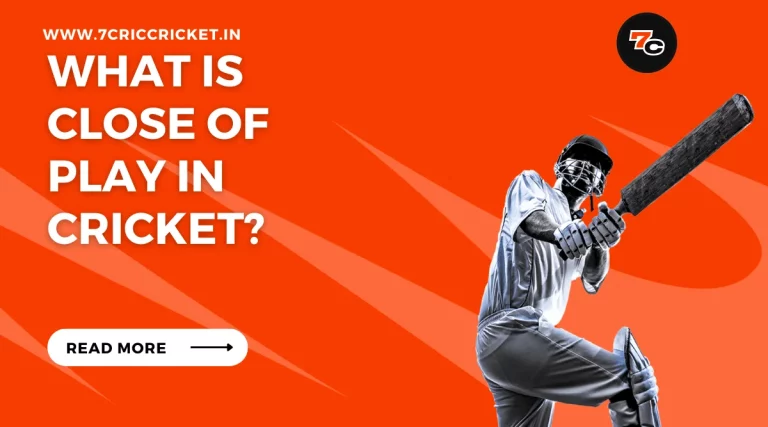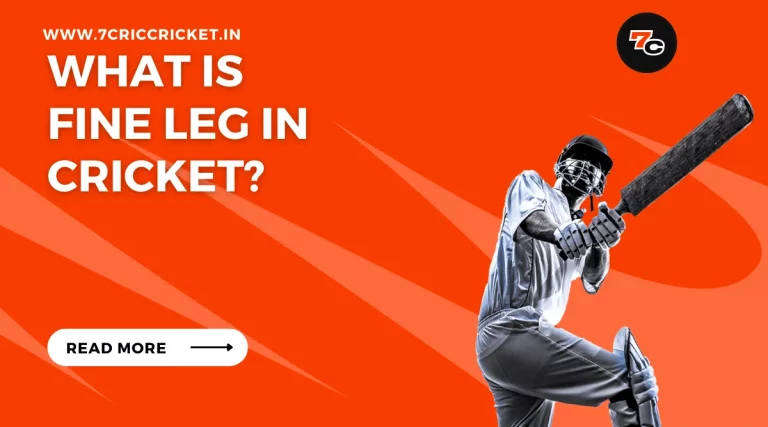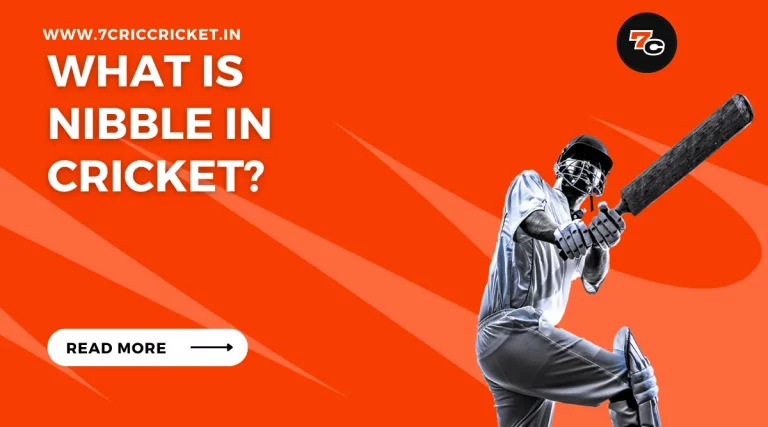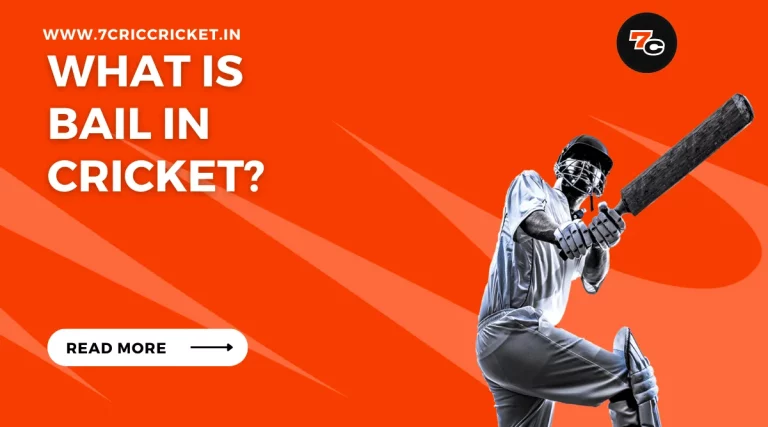What Is Obstructing the Field in Cricket
In the sport of cricket, the concept of obstructing the field carries great significance.
Understanding this rule is essential for players, officials, and enthusiasts alike.
200% Welcome Bonus | SPRIBE
200% Welcome Bonus | SPRIBE
- Easy Sign-Up and Deposits
- Fast deposits with UPI
- Available in four different Indian languages
This article aims to provide a comprehensive analysis of what constitutes obstruction in cricket, offering insights into its definition, interpretation, and potential outcomes.
By exploring key factors and the role of umpires in deciding obstruction cases, this piece aims to inform and empower readers with a deeper understanding of this intriguing aspect of the game.
Key Takeaways in This Article
ShowDefinition of Obstructing the Field
Obstructing the field in cricket refers to the act of intentionally impeding or obstructing a fielder from making a play on the ball.
This action is considered as a violation of the Laws of Cricket and can result in the batsman being given out.
The obstruction can occur in various situations and can be caused by the batsman’s actions.
One common situation where obstructing the field may occur is when the batsman tries to prevent the fielder from catching the ball by deliberately getting in their way.
For example, the batsman might intentionally change their running path or take unnecessary steps to obstruct the fielder’s line of sight or prevent them from reaching the ball.
This action is seen as unfair play and goes against the spirit of the game.
Another situation is when the batsman deliberately obstructs the fielder’s attempt to throw the ball to the stumps, especially when the batsman is running between the wickets.
The batsman might intentionally block the fielder’s throw or interfere with their attempt to gather the ball, making it difficult for them to dismiss the batsman.
In both scenarios, the batsman’s actions are scrutinized to determine if they were intentional and intended to obstruct the fielder.
Umpires consider factors such as the batsman’s movement, timing, and the fielder’s position when making their decision.
Obstructing the field is a serious offense in cricket, as it undermines the fair play and sportsmanship that the game upholds.
The Laws of Cricket aim to maintain integrity and ensure a level playing field for all participants.
Interpretation of the Rule
The interpretation of the rule regarding obstructing the field in cricket involves examining various factors to determine if the batsman’s actions were intentional and intended to impede the fielder.
This interpretation has been the subject of numerous controversial decisions throughout cricket history.
One historical example of a controversial decision regarding obstructing the field occurred during a match between England and Pakistan in 2006.
In this instance, England’s batsman, Kevin Pietersen, hit the ball towards the fielder and, while running between the wickets, intentionally kicked the ball away to prevent it from hitting the stumps.
The fielding team appealed for obstructing the field, and after much deliberation, the umpires decided in favor of the fielding team, resulting in Pietersen being given out.
Another example from history involves the famous incident between England and India in 2014.
England’s batsman, Ian Bell, had stepped out of his crease, thinking that the ball had crossed the boundary.
However, the ball was not dead, and the fielding team successfully ran him out.
The Indian team appealed for obstructing the field, arguing that Bell should have been given out for intentionally leaving his crease before the ball was dead.
However, the umpires disagreed and ruled in Bell’s favor, considering his actions unintentional.
These examples illustrate the complexity of interpreting the obstructing the field rule in cricket.
Umpires must carefully analyze the intent behind a batsman’s actions to make fair and accurate decisions.
Situations Where a Batsman Can Be Given Out
There are specific situations in cricket where a batsman can be given out based on the rules and regulations of the game.
These situations often involve controversial obstruction decisions, which can create intense debate among players, officials, and fans.
Some famous obstruction incidents in cricket history have further fueled discussions on the interpretation of this rule.
- Blocking the field: If a batsman deliberately obstructs the fielding team from attempting a run-out or a catch, he can be given out. This includes using any part of his body or his bat to prevent the fielding team from making a legitimate dismissal.
- Running on the pitch: If a batsman runs or takes a shortcut on the protected area of the pitch, it can impede the bowler’s ability to deliver the ball. In such cases, the umpire can declare the batsman out.
- Handing the ball: If a batsman intentionally touches the ball with a hand not holding the bat, without the permission of the fielding team, he can be given out. This rule prevents the batsman from unfairly altering the course of the game.
- Obstructing the field: If a batsman obstructs the fielding team’s attempt to take a catch or stop a run-out by any means other than a legitimate attempt to play the ball, he can be given out.
Understanding these situations and the controversies surrounding them is crucial in order to make informed judgments when assessing obstruction cases.
Key Factors to Consider in Obstruction Cases
One important factor to consider in obstruction cases is the intent behind the batsman’s actions.
While it may seem clear-cut that obstructing the field is a deliberate act, there are common misconceptions surrounding this issue.
It is crucial to assess whether the batsman intended to obstruct the fielding side or hinder their progress.
Intent can be difficult to determine, as it requires analyzing the batsman’s actions, body language, and overall behavior during the incident.
Historical examples provide insight into how intent has been interpreted in obstruction cases.
In 2017, during a match between England and South Africa, Ben Stokes was given out obstructing the field.
Stokes, in an attempt to prevent a direct hit at the stumps, extended his hand in the way of the throw.
While he claimed he was protecting himself, the umpires ruled that his intent was to obstruct the fielding side.
This decision highlighted the importance of intent in obstruction cases and how it can influence the outcome.
Considering the intent behind the batsman’s actions is a crucial factor in obstruction cases.
It helps determine whether the batsman deliberately obstructed the fielding side or if there were other motives behind their actions.
Understanding the historical examples and common misconceptions surrounding this issue can provide clarity when assessing intent and making fair decisions in obstruction cases.
The Role of Umpires in Deciding Obstruction
Umpires frequently play a pivotal role in determining obstruction in cricket matches.
Their decisions have a significant impact on the outcome of the game, as obstruction can alter the course of play and potentially affect the final result.
Here are some key points to consider regarding the role of umpires in deciding obstruction:
- Umpire’s discretion: When it comes to obstruction, the umpire is granted the authority to make judgment calls based on their interpretation of the rules. This discretion allows them to consider various factors such as the intention of the player, the effect on the fielding side, and the fairness of the obstruction.
- Knowledge of the laws: Umpires are expected to have a thorough understanding of the laws of the game, including the specific rules related to obstruction. This knowledge enables them to make informed decisions and ensures consistency in their rulings.
- Consultation with colleagues: In some cases, umpires may consult with their fellow officials to reach a fair decision. This collaborative approach helps to minimize errors and ensures a more accurate judgment.
- Communication with players: Umpires play a crucial role in communicating their decisions to the players involved in the obstruction incident. Clear and concise communication helps maintain transparency and ensures that players understand the reasoning behind the umpire’s ruling.
The role of umpires in deciding obstruction is crucial in preserving the integrity and fairness of the game.
Their ability to exercise discretion, apply the laws correctly, consult with colleagues, and effectively communicate decisions contributes to a game that is played with integrity and sportsmanship.
Conclusion
In conclusion, obstructing the field in cricket refers to a batsman deliberately obstructing the fielding team from making a play.
The interpretation of this rule can be subjective, and there are specific situations where a batsman can be given out for obstruction.
Get up to ₹20,000 Bonus Every Week!
Get up to ₹20,000 Bonus Every Week!
- UPI, Paytm, gPay & PhonePe withdrawals
- The Biggest Bonuses in India
- 300% Welcome Bonus up to ₹10,000
Key factors to consider in obstruction cases include the intent of the batsman, the timing of the obstruction, and the impact on the fielding team.
Ultimately, the decision on obstruction rests with the umpires, who play a crucial role in determining the outcome.
Frequently Asked Questions (FAQs)
What Are the Different Types of Dismissals in Cricket Apart From Obstructing the Field?
There are several types of dismissals in cricket apart from obstructing the field.
These include being bowled, caught, stumped, leg before wicket (LBW), and run out.
The role of technology in decision making has been instrumental in ensuring fair outcomes.
Can a Fielder Be Penalized for Obstructing the Field Even if They Did Not Intentionally Do So?
Unintentional obstruction in cricket can result in penalties for fielders, irrespective of intent.
Such consequences emphasize the importance of fair play and maintaining the integrity of the game.
The impact of obstructing the field can significantly influence the outcome of a match.
Are There Any Exceptions to the Rule of Obstructing the Field?
There are exceptions to the rule of obstructing the field in cricket, which can have a significant impact on the outcome of the match.
Understanding these exceptions is crucial for players and officials to make informed decisions during gameplay.
Can a Batsman Be Given Out for Obstructing the Field if They Are Not in the Process of Running Between the Wickets?
A batsman can be given out for obstructing the field in cricket, even if they are not in the process of running between the wickets.
This rule is in place to ensure fair play and prevent any potential impact on the outcome of the match.
How Do the Umpires Determine if the Obstruction by the Fielder Was Deliberate or Accidental?
Determining intent in cases of obstructing the field in cricket is a crucial task for umpires.
They must carefully assess the actions of the fielder to ascertain if the obstruction was deliberate or accidental.
The consequences of obstructing the field can lead to a batsman being given out.








